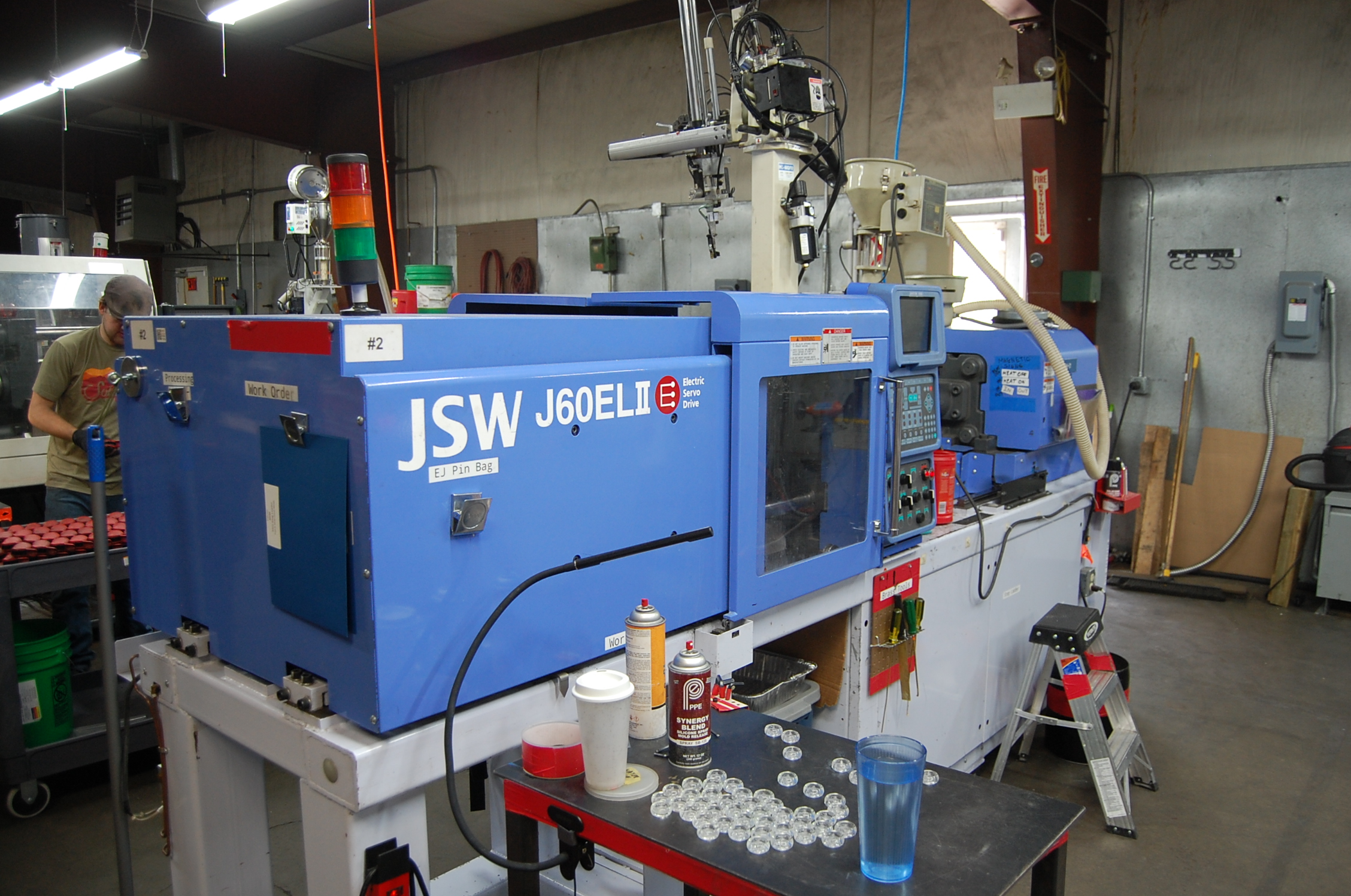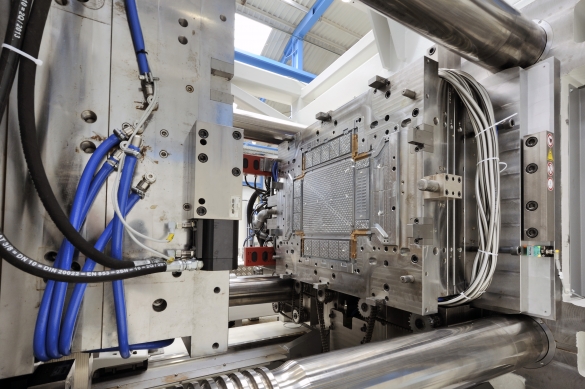Plastic Manufacturing Fundamentals Explaineds
Wiki Article
Oem Things To Know Before You Get This
Table of Contents4 Simple Techniques For OemThe Facts About Hon Hai Precision RevealedWhat Does Oem Do?The Greatest Guide To MfgThe Of OemTop Guidelines Of Plastic Manufacturing
The text on this web page is a sample from our complete White Paper 'Injection Moulding for Purchasers' - * Example message * - for complete guide click the download switch above! Introduction This guide is intended for individuals who are seeking to source plastic mouldings. It provides a much required understanding into all that is included with creating plastic parts, from the mould tool called for to the moulding process itself.If you want to check out better, the guide covers types of mould devices, along with special finishing processes such as colours & plating. Words that are underscored can be discovered in the glossary in the appendix ... Part I: Moulding: The Basics The Benefits of Shot Moulding Plastic injection moulding is a really exact procedure that offers numerous advantages over other plastic handling approaches.
Accuracy is excellent for extremely intricate components. Compared to other techniques, moulding permits you to incorporate even more functions at extremely little tolerances. Look at the image to the right. manufacturing industries. You can hold this moulding in the hand of your hand as well as it has bosses, ribs, steel inserts, side cores and openings, made with a gliding closed off function in the mould tool.
Rumored Buzz on Manufacturing Industries


from material feed Product melting; material injection; shot time and ejection as well as the re-closing of the mould tool ready device prepared next cycleFollowing Draft angles - The walls of a moulded component must be slightly tapered in the instructions in which the component is expelled from the mould tool, to permit the part to be expelled easily.
Ejector stroke - The pushing out of ejector pins to expel the moulded component from the mould device. Ejector stroke rate, size and timing needs to be thoroughly regulated to stop damage to the ejectors as well as mould tool, yet at the same time make the moulding cycle as brief as feasible.

Some Ideas on Mfg You Need To Know
Ribs - When a plastic component has slim wall surfaces, ribs are included in the style to make the thin wall surfaces stronger Side cores - Side action which generates a function on a moulded component, at an opposing angle to the normal opening direction of the mould device. additive manufacturing. The side core needs to be able to retract as the plastic component can not be expelled otherwise.
Walls - The sides of a moulded part The message on this web page is a sample from our full White Paper 'Shot Moulding for Customers'.
Manufacturing process for producing components by infusing molten product right into a mould, or mold and mildew Streamlined representation of the procedure Shot moulding (U.S. punctuation: shot molding) is a manufacturing procedure for generating components by infusing molten product right into a mould, or mold and mildew. Shot moulding can be carried out with a host of products primarily consisting of metals (for which the process is called die-casting), glasses, elastomers, confections, as well as a lot of frequently thermoplastic and also thermosetting polymers. Shot moulding is commonly made use of for manufacturing a range of components, from the smallest parts to entire body panels of automobiles. Advances in 3D printing innovation, utilizing photopolymers that do not thaw during the injection moulding of some lower-temperature thermoplastics, can be utilized for some simple injection moulds. Shot moulding makes use of a special-purpose equipment that has 3 parts: the injection system, the mould as well as the clamp.
How Mfg can Save You Time, Stress, and Money.
Refine attributes [edit] Shot moulding utilizes a ram or screw-type bettor to force molten plastic or rubber product right into a mould cavity; this strengthens into a shape that has actually complied with the shape of the mould. It is most commonly used to refine both thermoplastic and thermosetting polymers, with the quantity use the previous being significantly higher.: 13 Thermoplastics prevail because of qualities you can look here that make them extremely suitable for shot moulding, such as simplicity of recycling, flexibility for a variety of applications,: 89 and capability to soften and flow on home heating.In several tooth cavity moulds, each tooth cavity can be the same and develop the same components or can be unique and also create several different geometries throughout a single cycle. Moulds are normally made from tool steels, but stainless steels and aluminium moulds are ideal for specific applications. Aluminium moulds are generally ill-suited for high quantity manufacturing or components with slim dimensional resistances, Find Out More as they have substandard mechanical properties and are much more vulnerable to wear, damage, and also deformation during the shot and also clamping cycles; nonetheless, aluminium moulds are cost-effective in low-volume applications, as mould construction prices as well as time are significantly reduced.
When sufficient material has actually collected, the material is compelled at high pressure and speed into the part forming tooth cavity. The exact amount of shrinkage is a function of the resin being made use of, and also can be relatively foreseeable. To stop spikes in stress, the process generally makes use of a transfer placement representing a 9598% full tooth cavity where the screw shifts from a constant speed to a continuous stress control.
Oem - Truths
As soon as the screw gets to the transfer position the packing stress is used, which completes mould filling and makes up for thermal contraction, which is quite high for thermoplastics loved one to numerous other products. The packing stress is used up until eviction (dental caries entryway) solidifies. Due to its little dimension, the gateway is generally the starting point to strengthen through its whole thickness.: 16 Once the gate strengthens, say goodbye to product can enter the tooth cavity; appropriately, the screw reciprocates and also acquires material for the following cycle while the material within the mould cools down to ensure that it can be ejected and also be dimensionally steady.Report this wiki page